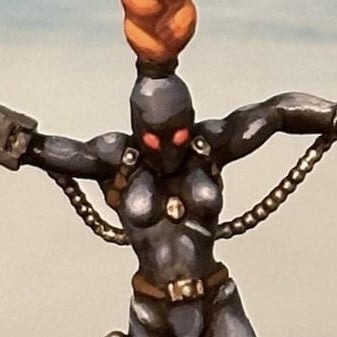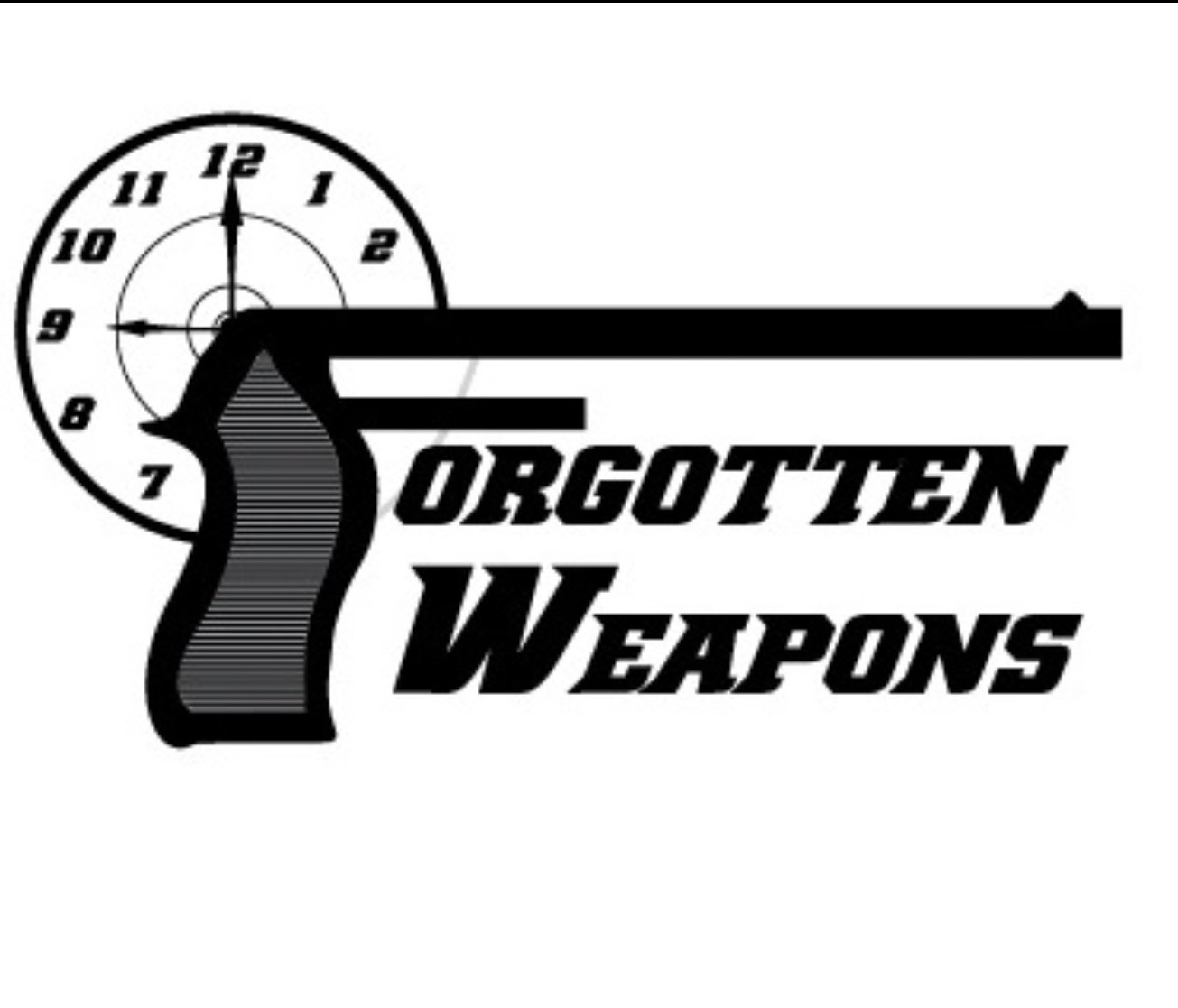This weapon was Colt’s entry into the US Army’s Advanced Combat Rifle trials in the 1980s, a program looking for a successor to the M16A2 as the standard US service rifle.
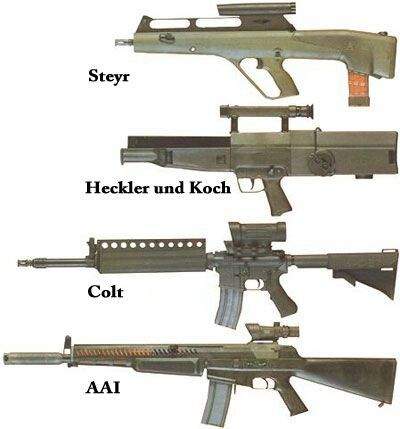
While other companies entered radical designs, Colt stayed very conservative. They entered a rifle that was at the core still an AR-15 in operation, with no notable changes to the internal operation. Externally, the M16A2’s fixed stock was replaced by a collapsible one, the fixed carry handle was replaced by a picatinny rail, and the A2 flash hider was replaced by a more elaborate muzzle brake-flash hider with a series of small holes designed to better handle flash and muzzle rise.
However the most striking aspect of the design is the large ribbed handguard featuring a series of speed holes. The handguard is raised because at the top there is a white rib running down the length.
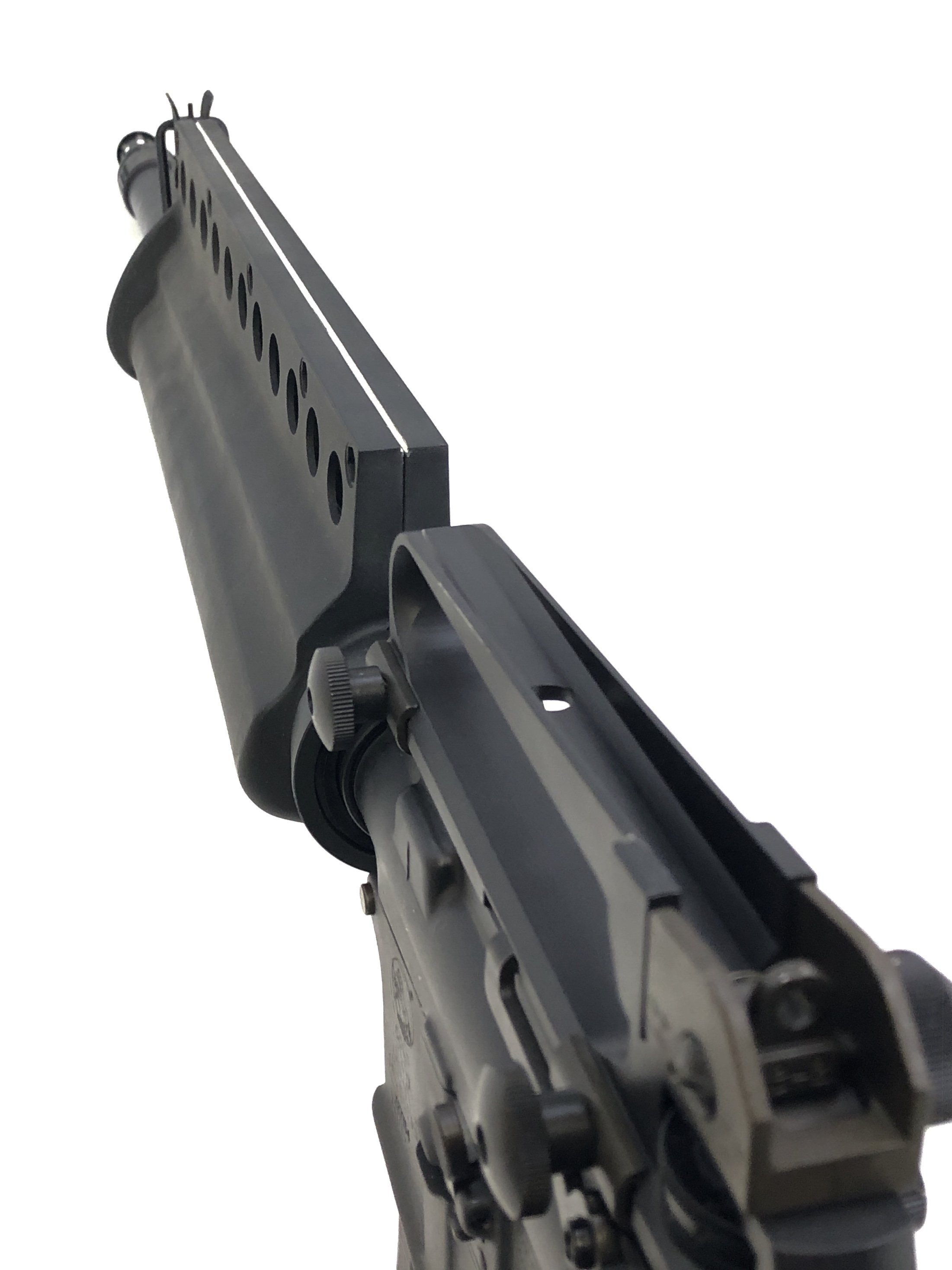
This rib was meant to serve as a quick acquisition sight for fast snap shooting, being easier and faster for soldiers to pick up on than trying to aim down traditional iron sights in combat conditions. In an age before red dots were standard issue, this feature does actually make some sense. The rifle was submitted with a detachable rear iron sight that would still be used for more deliberate shots.
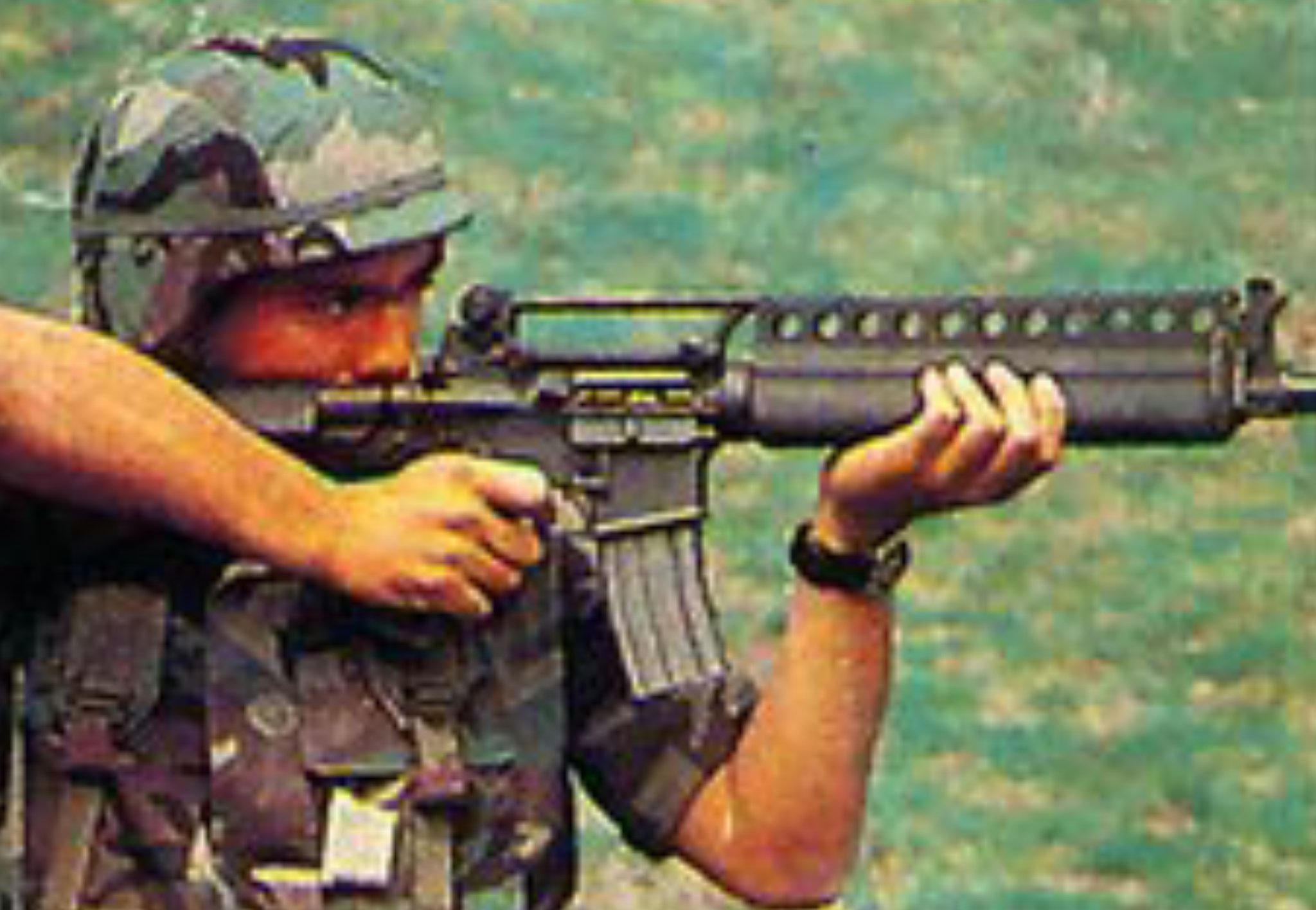
At least some of the Colt ACRs had a flip up rear sight attached to them, though this feature does not consistently appear on all of the rifles.

The rifle was also submitted with an optic made by Elcan. The optic was made in cooperation with Colt for the purpose of the ACR entry, although when program was canceled, Elcan would go on to use that developed design as the template for their successful C79 optic.
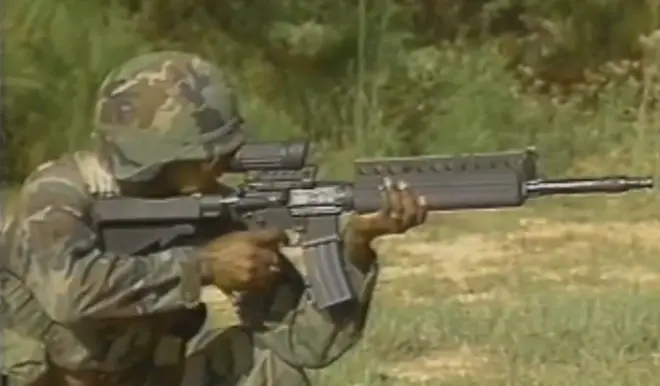
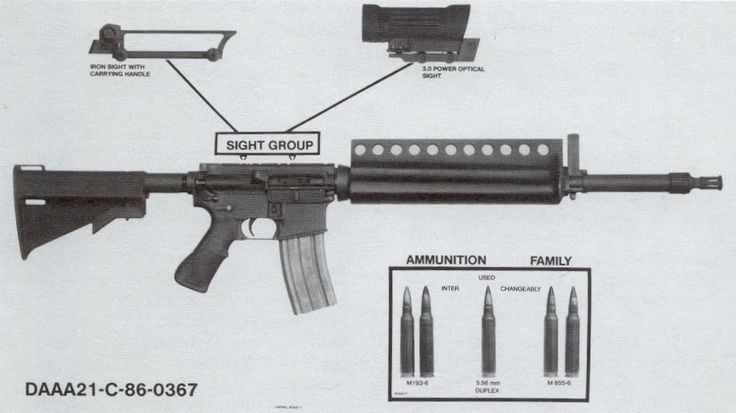
The most unusual part of the Colt ACR was not the rifle itself, but the concept for the ammunition. The US Army was always looking for ways to improve hit probability in firefights. Everything from flechettes to hyperburst fire was submitted by other entries. Colt decided to go the double bullet route. The profile of a 5.56x45mm round, but loaded with two projectiles. The second being nestled inside the first. An instant doubling of hit probability (in theory), and it still retained the option to use standard old fashioned 1-projectile-per-cartridge humdrum ammunition.
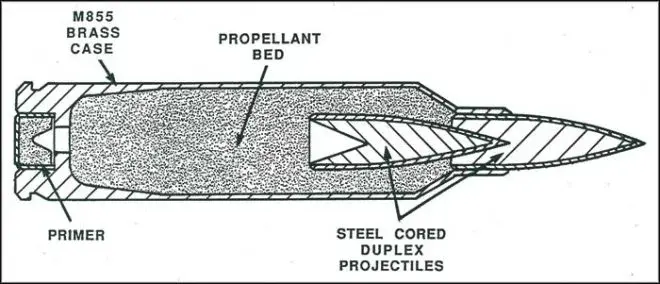
In 1990 the Army’s Advanced Combat Rifle program ended. Although all the entered rifles showed promise, none had shown a significant enough jump in capability for the Army to decide to switch away from the M16A2.
Wouldn’t both bullets hit almost exactly the same spot?
The difficulty in making the bullets spread has been a problem since at least 1957. I suppose there is a reason the Colt Duplex 5.56mm was never adopted.
I think that’s exactly the point. They wanted more rounds on target and this was a simpler option than the weird shit the G11 and AN94 did
There’s no point to having more than one bullet hit a target in the exact same spot. If you want to hit a target harder you’ll would use larger caliber ammunition. I skimmed the other commenter’s link and it explains that 2-bullet ammunition is indeed intended to hit in slightly different locations. Quote:
designers of the duplex rounds made an effort to ensure the twin bullets would follow different trajectories, and though this may have somewhat improved the hit probability of the rifle, the two bullets simply cannot separate very much over normal combat distances.
Increased hit probability was desired, which made duplex ammunition a tricky and ultimately unsuccessful concept, as to be ideal it had to simultaneously do two contradictory things. At close range, you would want the rounds to separate noticeably so as to maximize the chance that at least one of them hit the enemy. However at longer range you want flatter shooting, and duplex loads affects longer range practical accuracy because the velocity of each projectile is reduced, which makes the ballistic arc more dramatic and thus more difficult to compensate for. I linked above an article citing issues with the 7.62 duplex ammunition, and Colt’s would have had the same issues.
The idea of a hyperburst like a G11 or AN94 is that the rounds are still fairly flat shooting, making them usable at longer ranges unlike the duplex ammunition. The hyperburst rounds are going to be grouped more tightly together, meaning at close range they probably won’t increase hit probability as much as duplex, but at longer ranges that grouping becomes a nice minute of man sized area.
It is also worth noting that 5.56mm lethality is very closely tied to velocity. Reducing the point blank velocity reduces the effective lethal range. Wikipedia says Colt duplex was only considered effective out to 325 meters, which would immediately make it a tough sell especially in the 1980s when people were thinking more and more about body armor. The hyperburst options don’t have to worry about this.
Ultimately neither duplex or hyperburst have gained as much traction as issuing optics as a solution to increasing hit probability.
The winning solution to higher hit probability(accuracy)?
An optic instead of iron sights. The ACOG saved the taxpayers untold amounts by just putting a more accurate target accusation system on the same rifle instead of German space magic or gangbang rounds.
The success of the ACOG lead to suspicions of war crimes because of the increase in lethality/headshots, due to the increased accuracy of using a magnified optic with ranging hashmarks instead of irons.
That makes was more sense I was thinking of the mindset of the A180 where it was just hit the same spot multiple times to break through the armor.
Why does every gun look like a pistol with extra stuff all around it?
I’m not a gun expert, but I presume it’s because pistols are mostly reciever, which is the core part of guns that houses the trigger and firing mechanism. It has a pretty similar shape among a lot of firearms. Someone more knowledgeable could correct me if I’m wrong.
The shape of a pistol is defined by the blue line the barrel is on and the green line where you hold it. It’s a very simple silhouette. Guns need somewhere to hold them and to have a barrel so you can see that basic L shape in most designs.
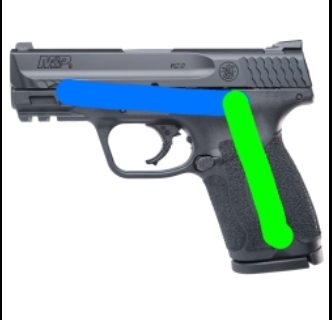

Because these “assault rifle” style guns all have pistol grips.
